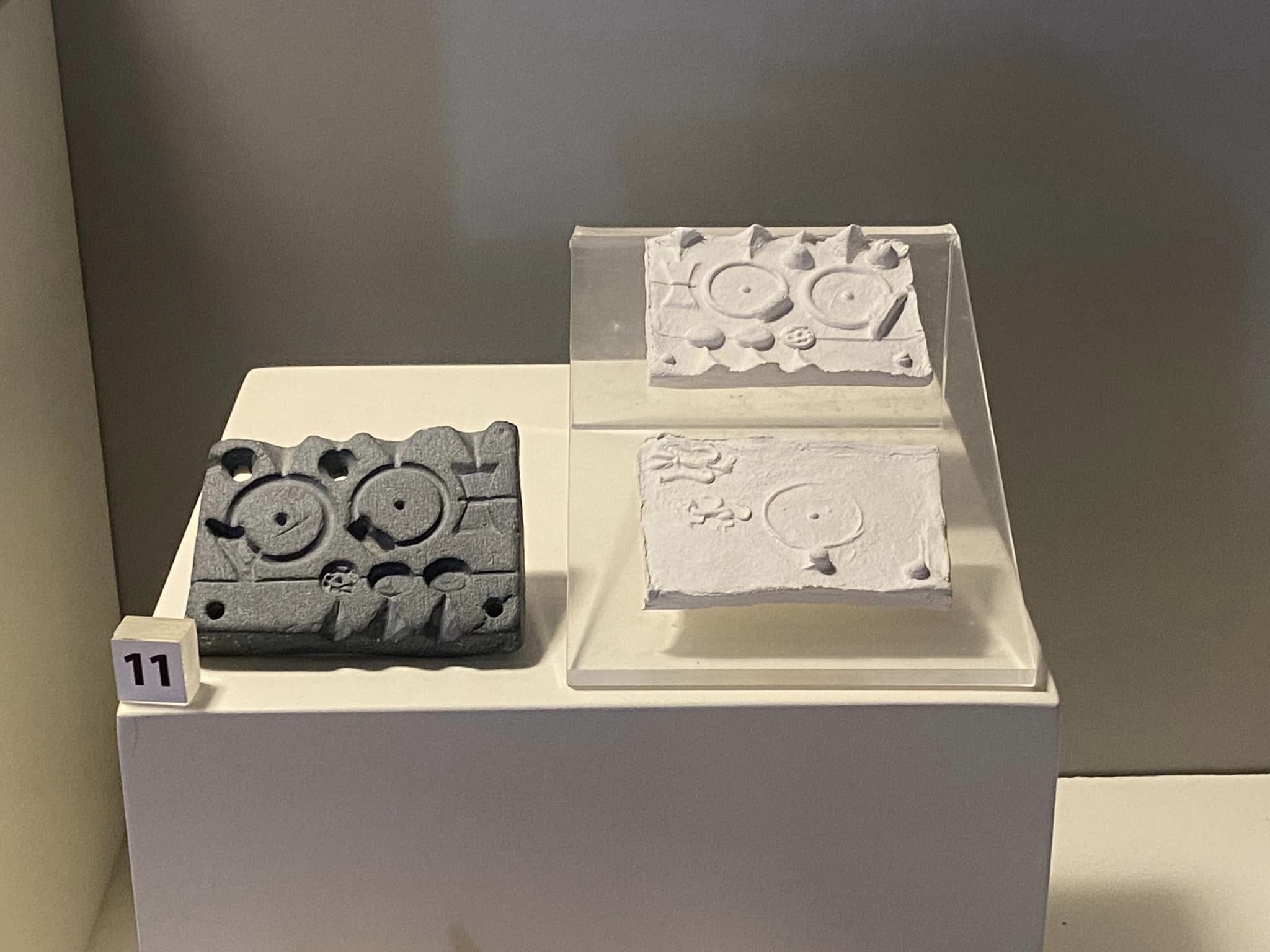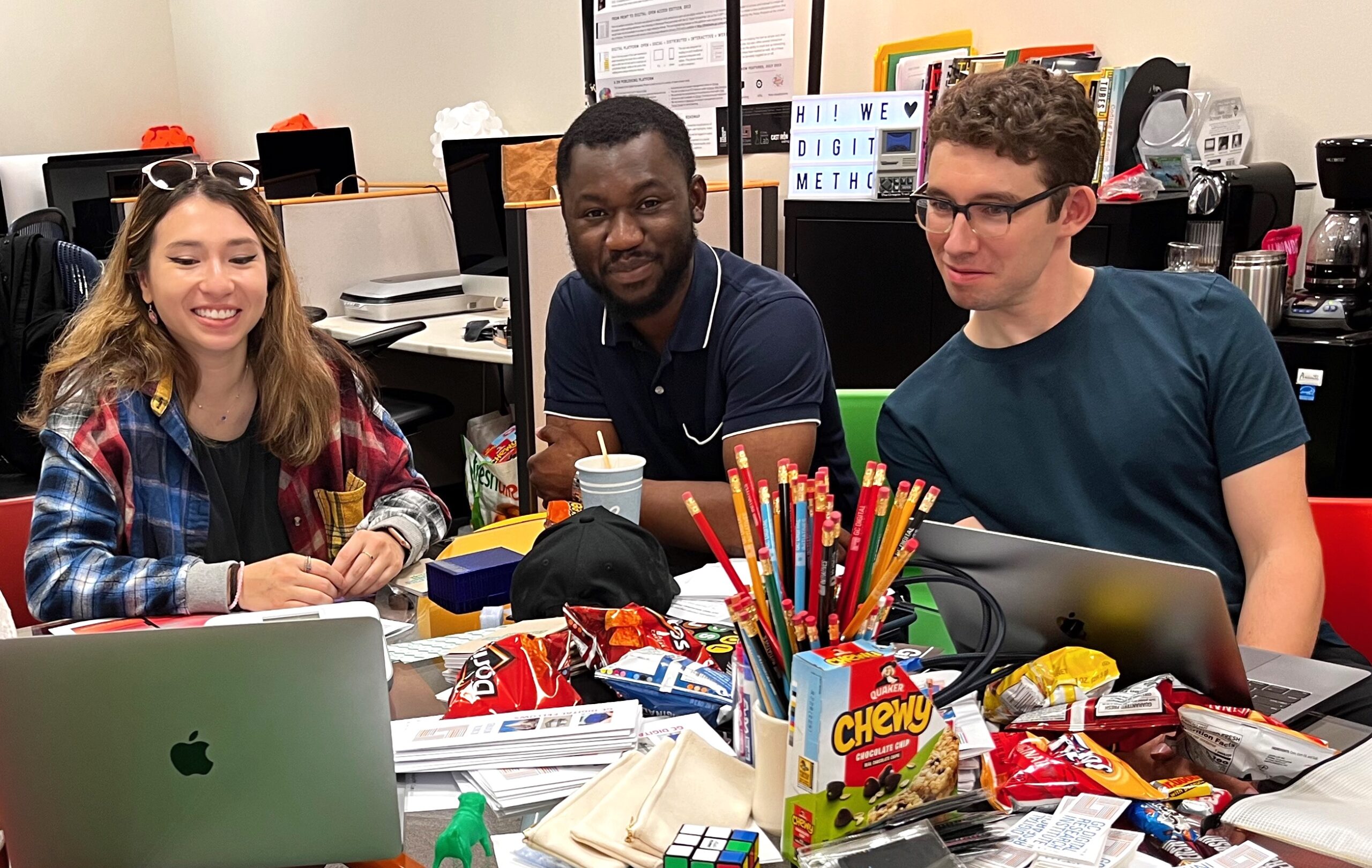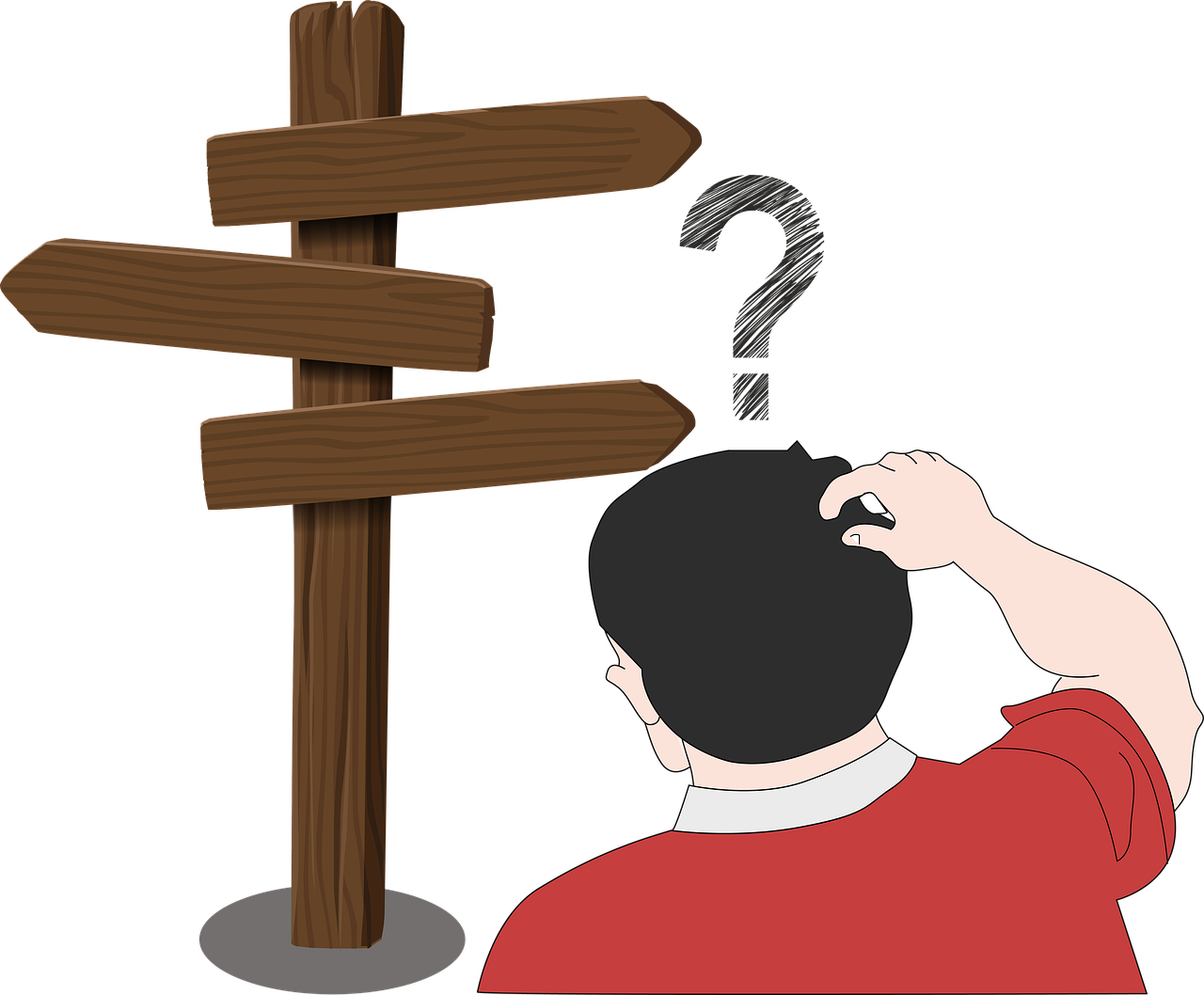
This is a guest post by Michelle Yom, a musicology Ph.D. student at the GC, a participant in the 2017-2018 GCDI Sound Series, and a member of the Sound Studies and Methods working group #GCDISound.
Since about a year ago, I’ve been intrigued by a YouTube phenomenon called ASMR (Autonomous Sensory Meridian Response). The term was coined in a Facebook group in 2010 and has been used in countless YouTube videos. It refers to pleasurable sensations brought forth by synchronized sounds and images which, in my body, range from a quick rush to delicately sustained tingles in the head and shoulders. It is a historically undocumented sensation but there are traces of it in literature. As a sensorial phenomenon, ASMR could be elicited by any sound depending on the listener, but the term itself is used primarily when sensations are sparked by sounds in the digital realm, especially in YouTube videos. At the same time, as a phenomenon of the body, ASMR does not necessarily need to rely on online media to be stimulated, and, conceivably, people could create sensual pleasure-seeking ASMR communities offline. Last spring, I was hoping for a chance to facilitate group ASMR at the GC by giving a live ASMR performance. I had been experimenting with very quiet, ASMR-inducing sounds and thought it would be great to share with other GC students. I also wanted to solve a technical problem in the process. Aside from expensive silent disco technology, there seems to be no affordable precedent for realizing a live performance where audiences can listen through headphones. Because ASMR is provoked through very quiet sounds and interspersed with silences, the ambient noise of a room is best avoided by using headphones.
The only option other than providing expensive silent disco wireless headphones to each person in the audience was to livestream and ask the audience to bring their own cellular phones and headphones. This would have been ideal except for the latency. Although I could have weaved the latency into the narrative of the show—embrace the idea that from constraints comes creativity—I thought that an essential component of ASMR is the synchronicity of visual and sonic events. In the end, the project was not realized, and I am currently stuck with the same problem. However, over the summer I decided to give a concert with very quiet sounds using loud speakers, in contrast to my more common use of amplification for my flute performances. Reflecting on the performance and audience reception of that concert raised the question, are headphones really necessary for eliciting ASMR? If my goal was to facilitate collective sensorial pleasure through very quiet sounds, either the intimacy in a space required for that certain pleasure would need to be achieved through headphones, or the quality of listening had to be heightened in another way, provided that the concert space was not too noisy.
In this concert last August, I played the sounds of a wooden box scraping, a knife cutting through Styrofoam, a sticky ball of tape, water pumping through a spray bottle, and some pieces of ceramic and stones, and used gaps of silences and my whispering voice. The sounds were captured through a Sony PCM D100 recorder and Yamaha MG 10 XU mixer then amplified through the house’s PA system. All of the sounds I played had previously sparked ASMR for me through headphones but I did not think that the same effect could be achieved through loud speakers in the audience. But what I realized was that a concert space set up for heightened intimacy and focused and attentive listening, along with a variety of quiet sounds, can induce aural pleasure.
During the show, I heard the audience respond in ways that indicated pleasure and gratification. When I whispered into the microphone that I will be rubbing ceramic against a crystal and then started, someone in the audience exclaimed “Ye—ss.” In another part where I was rubbing a piece of Styrofoam into the microphone, I heard someone let out a distinct exhale of pleasure. I don’t know if anyone got the “brain tingles,” but it was as if the intimacy created by the bodies that were intently listening made up for the lack of headphones.
You might be wondering, was the concert I described above sexual? Whispering, rubbing, and even “pleasure” are all words that may evoke sex. Actually, my choice of words was unconscious at first, but I don’t think it’s a coincidence. The fact that ASMR by definition refers to bodily pleasure makes the experience of it intersect with other physical pleasures such as sexual pleasure (between consenting bodies). The “brain tingles” caused by a whispering voice or the crackles of a Styrofoam in near direct proximity to the ears via headphones are a result of getting physically intimate with sounds. ASMR can feel like a deep tissue neck massage (without touching). It can feel like foreplay. What I mean is that some pleasurable sensations brought on by ASMR are located in the same places and can be sensed similarly to pleasures felt in a different context.
How can listening to sounds elicit sensations akin to sexual pleasure? Music has been suspect for centuries precisely because it “touches” the body, at least in Western historical context. The pleasures of listening to music and its power to lure the body (separate from the mind) can be traced to St. Augustine’s Confessions. ASMR is not necessarily music, but as organized sound, particularly sounds focused on inducing pleasure, it can be a subject for analyzing how sounds in relatively new media are created and consumed in new forms of mediations and intimacies. Voyeurism, role-playing, and less obvious gender performativities in ASMR videos may illuminate how gender plays out in an internet-based sound culture. For example, let’s take a passage from Suzanne Cusick’s influential essay, “On a Lesbian Relationship with Music: A Serious Effort Not to Think Straight” (2006):
“If sex is free of the association with reproduction enforced by the so-called phallic economy (and it is, remember, exactly so for people called homosexuals, as it has become in the last thirty years for people called heterosexual who practice contraception), if it is then only (only!) a means of negotiating power and intimacy through the circulation of pleasure, what’s to prevent music from being sex, and thus an ancient, half-sanctioned form of escape from the constraints of the phallic economy?”
Can we take Cusick’s concept of sexuality and its equivalency to musicality as a way to begin distinguishing how ASMR is gendered? What if listening to or creating sounds designed to spark ASMR, like sexuality, are practices of circulating pleasure in intimate settings within a dynamic of power relations? Would the pleasures move in one direction? Would it be multi-directional? How does the field of sexuality/power/pleasure change when it resides in a space created through video cameras, microphones, and computer screens, and mediated by YouTube? How does microphone fetish figure into the ASMR economy? How does a live performance of ASMR, as opposed to a digital recording, shift the focus from microphones to speakers and to physical performance space? I hope to answer each of these questions at some point. For now, I am mostly fascinated by the phenomenon, and I will just keep listening.
For those interested in experiencing ASMR, here are some videos which gave me major tingles:
ASMR for Relaxation and Sleep 🌙 느린소리
ASMR Styrofoam models vs thermal knife (oddly satisfying)
ASMR Ear Cleaning DEEP & Tingly (NO TALKING) Q-Tips, Tweezers, Feather, Metal & Bamboo Pick +
[Source for image above: Styrofoam by Eelco on Flickr, 2005]




